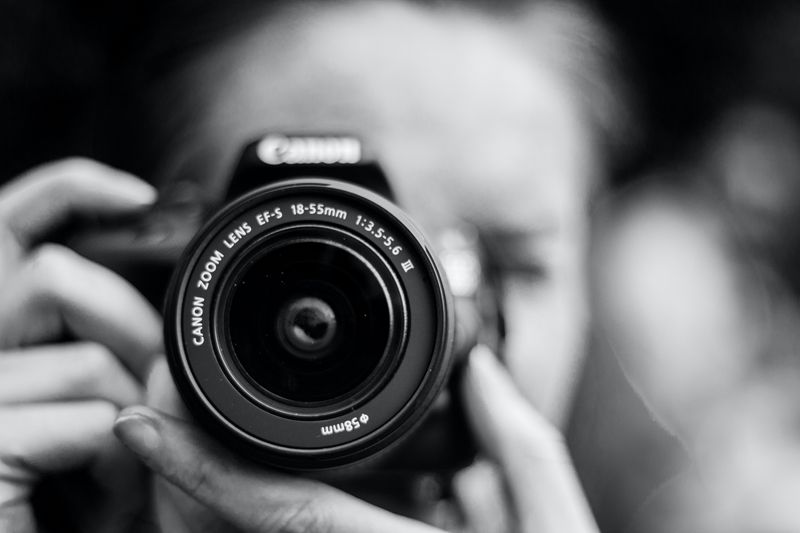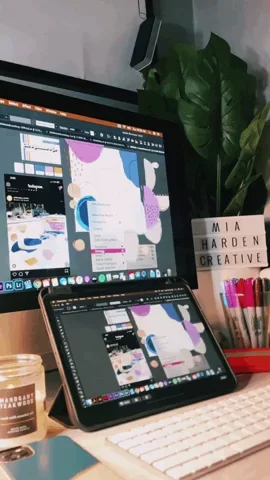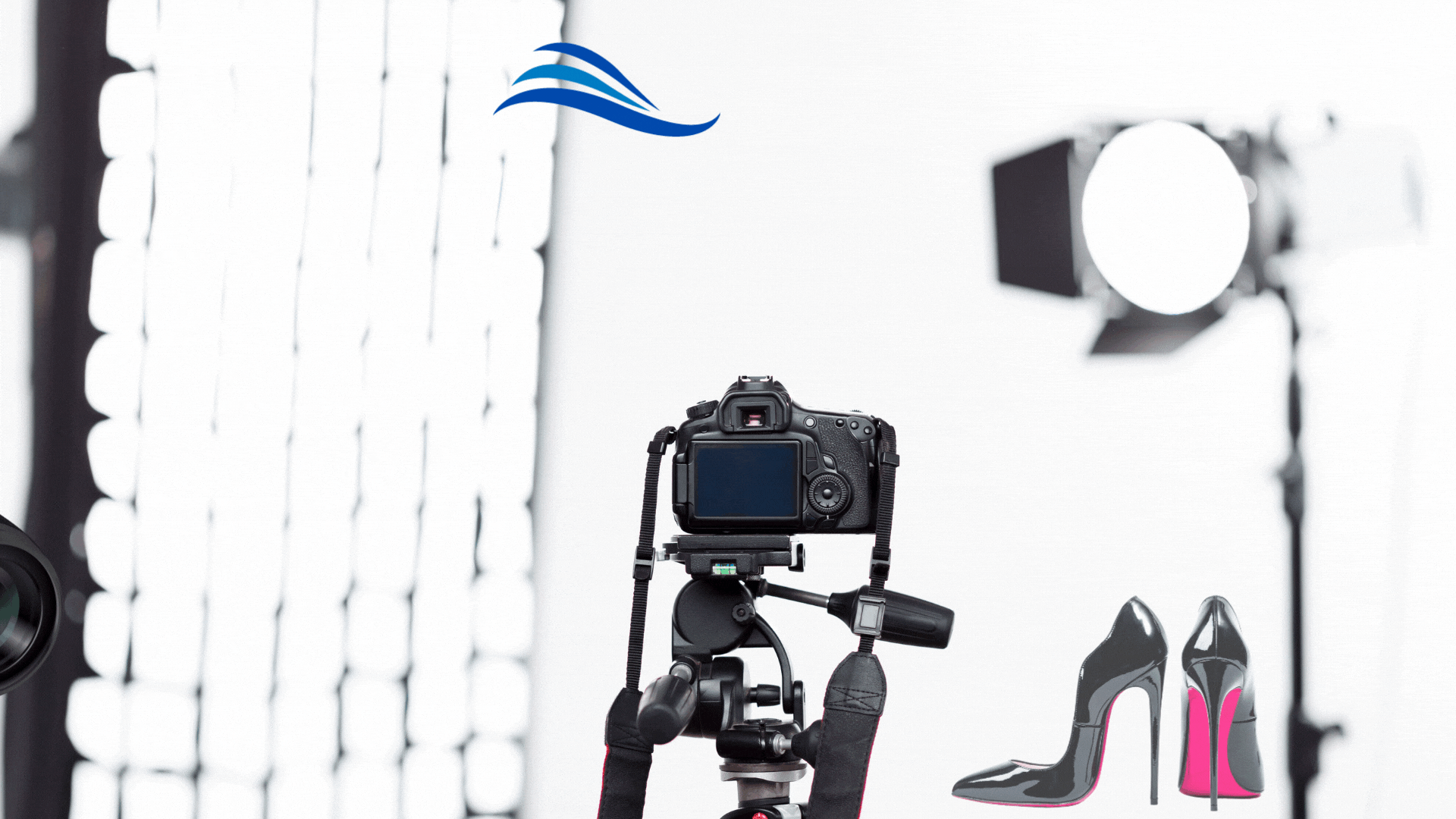A career portfolio is an important tool for anyone looking to advance their career. The question of "who should have a career portfolio and how often should it be updated" is an important one to consider.
A career portfolio can be used to demonstrate an individual's qualifications for a job, to apply for a promotion, or to apply for a new job. In this article, we will discuss who should have a career.

Juliette has worked as a photographer for Vision Images for three years. She now wants to open her own business as a freelance photographer.
However, she is unsure of how she'll present her work to potential clients.
If you're like Juliette, having a professional portfolio can be a powerful tool when you're looking for business and employment opportunities.
Why Is a Portfolio Important?
A career portfolio goes beyond a resume and a cover letter to show a prospective employer your work experience, skills, accomplishments, and more.
— Career Onestop Worker Reemployment
Portfolios are especially important for careers in creative and artistic fields because they showcase your work in a visual way.
Tips for preparing your portfolio:
Find your niche. Narrowing down to one specific area is key as it will keep you focused.
Identify your goals. Who do you want to hire you? What's the purpose of your portfolio? What kind of work are you trying to get? Identify how you want to market yourself and you'll be better organized when creating the portfolio.
Develop your skills. The more developed skills you have, the more you'll be trusted in your field.
Use the necessary equipment. You might need to invest in software or creative tools to get your portfolio ready.
Be creative and original. Thinking outside the box is a great way to brand yourself in your desired field.
Check out some examples of what a portfolio should look like for 3 different careers, and how often you should update them.

Photographer
 Photo by Ailbhe Flynn on Unsplash
Photo by Ailbhe Flynn on UnsplashJuliette's advice is to:
Take lots of pictures — include around 10-20 of your best.
Categorize your photos according to niche. You can find 9 market niches here.
Set your best work aside.
Be sure to stick to your niche and your goals. This will help you select your best work.
Alphabetizing or categorizing your work can help organize your best samples. These samples can be placed in their own section.
Get a second opinion on your photo selection from someone who works in the field.
Use a content management system to build a basic website.
Update your portfolio every 2-3 months.
If you have a digital resume, you can insert your portfolio as an additional page.
Model
 Photo by Tamara Bellis on Unsplash
Photo by Tamara Bellis on UnsplashAs a model, your portfolio should consist of 10-20 images and include:
Full body and head shots of yourself with light makeup against a plain background.
Photos taken at different locations with different poses.
8x10 or 9x12 photos printed with flat/matte or semigloss finish.
Personal stats such as your age, physical features like hair and eye color, height, measurements, and any unique features about your appearance.
Professional summary and contact information.
Make sure to update your portfolio every 1-2 years.
While it's best to work with a professional photographer, ask family or friends to take your shots if you don't have access to one.
Graphic Designer

You're a creative genius, but no one knows about your talent yet. It's time to create a portfolio!
A graphic designer's portfolio should include:
Adigital or physical compilation of your best work.
Drawings, mockups, or finished designs that feature logos, typography, and other digital design elements.
A unique and simplistic style that demonstrates quality over quantity.
The story behind how your work evolved.
Remember to update your portfolio regularly or after each project.
Quiz
Juliette is working on her photography portfolio to present it to the editor of a travel magazine. She's unsure of the best way to present her work. What should she do? Select all that apply.
Take Action

Now it's time to get to work!
Your feedback matters to us.
This Byte helped me better understand the topic.
